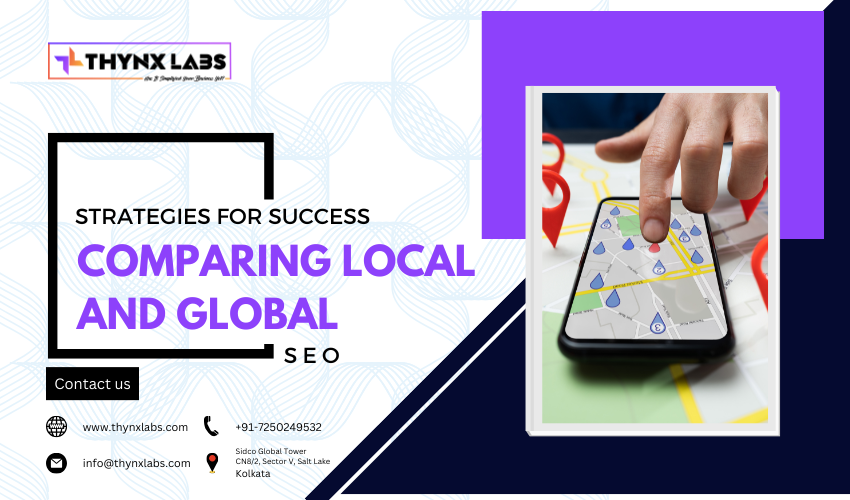How to Track Customers and Revenue
How to Track Customers and Revenue from SEO in Your CRM
Tracking customers and revenue from SEO efforts through a CRM system is crucial for understanding the ROI of your marketing strategies. This guide outlines how to effectively use CRM to monitor and analyze the impact of your SEO efforts.
Understanding CRM Integration
What is a CRM?
Customer Relationship Management (CRM) systems centralize customer data, making it accessible and actionable for your sales and marketing teams. Integrating your CRM with your SEO efforts allows you to track visitor interactions, generate revenue reports, and tailor marketing strategies based on comprehensive data insights.
Steps to Track Customers and Revenue from SEO
- Collect Comprehensive Data
Ensure your CRM captures detailed attribution data for each lead and customer. This includes source channels, campaigns, and ad groups. Use hidden fields in lead generation forms on your website to automatically capture this information and send it to your CRM.
- Utilize CRM and Analytics Tools
Leverage your CRM’s built-in reporting tools or connect with third-party analytics platforms to generate detailed reports. These reports should track metrics such as the number of leads and customers from SEO, sales opportunities, and revenue generated. Export data to spreadsheets for further analysis if necessary.
Essential Metrics for SEO Tracking
Five Key Metrics to Monitor
- Total Number of Leads from SEO vs. Other Channels: Compare the volume of leads generated by SEO against other marketing channels to understand its effectiveness.
- Total Number of Customers from SEO vs. Other Channels: Track how many leads from SEO convert into paying customers compared to other sources.
- Total Revenue from SEO by Landing Page Group: Analyze which landing pages are most effective in driving revenue.
- Average Deal Size from SEO vs. Other Channels: Compare the average transaction value of SEO-driven sales to those from other channels.
- Time to Close from SEO vs. Other Channels: Measure the duration it takes to convert an SEO lead into a customer relative to other channels.
Advanced CRM Features
Automation and Personalization
Use your CRM’s automation tools to personalize marketing emails based on visitor behavior. Track which pages visitors frequently view and tailor follow-up emails to their interests. This targeted approach can significantly enhance conversion rates and customer satisfaction.
Real-Time Reporting
Implement real-time reporting to keep your sales and marketing teams informed. Regularly review metrics and adjust strategies based on current performance data. This proactive approach ensures you stay ahead of market trends and customer needs.
Conclusion
Integrating your SEO efforts with a CRM system is essential for tracking customers and revenue effectively. By collecting comprehensive data, utilizing robust reporting tools, and monitoring key metrics, you can gain valuable insights into your SEO performance and make data-driven decisions to optimize your marketing strategies.
For expert guidance on integrating SEO with your CRM, consider partnering with a professional SEO agency like Thynxlabs. Their expertise can help you maximize your marketing ROI and achieve your business goals.


